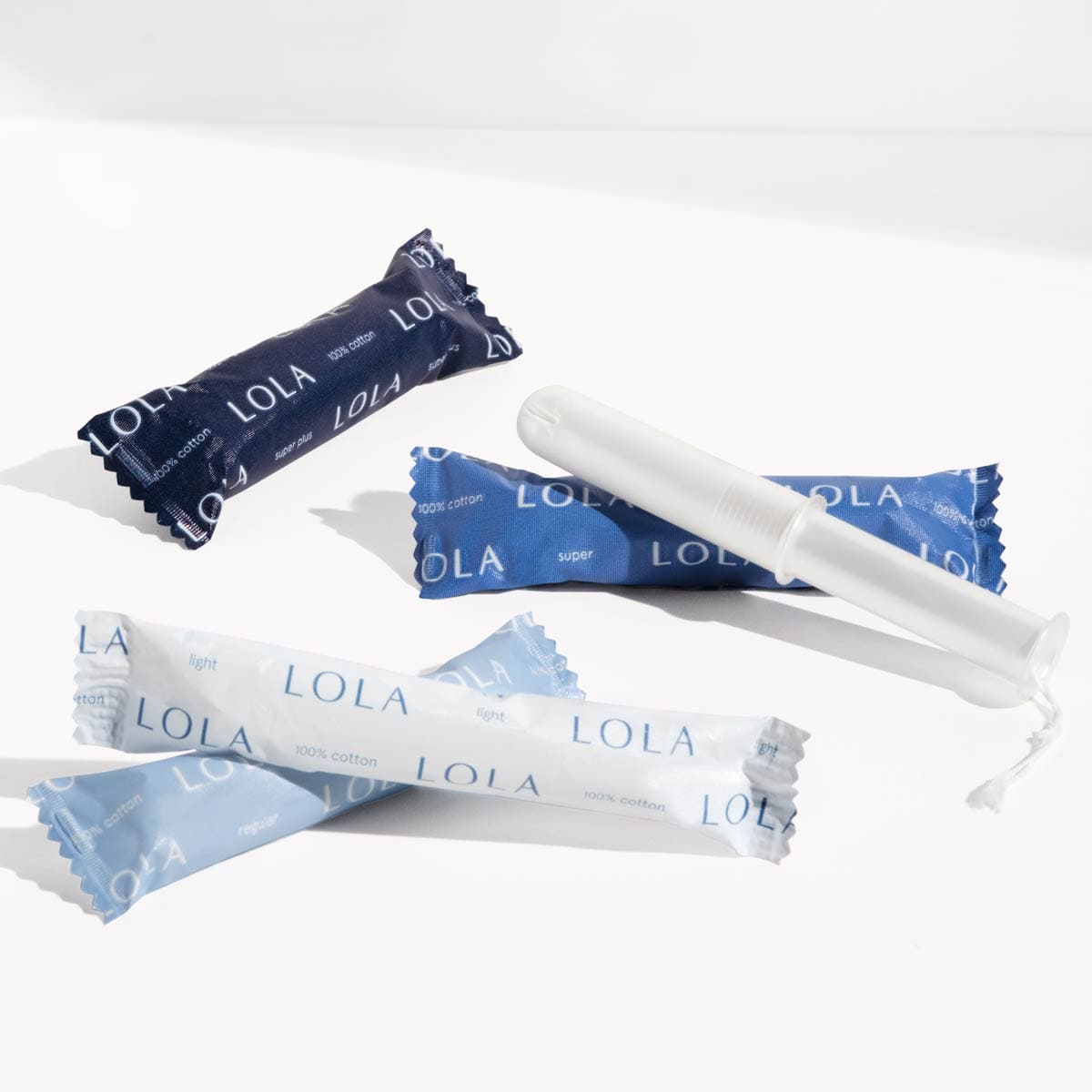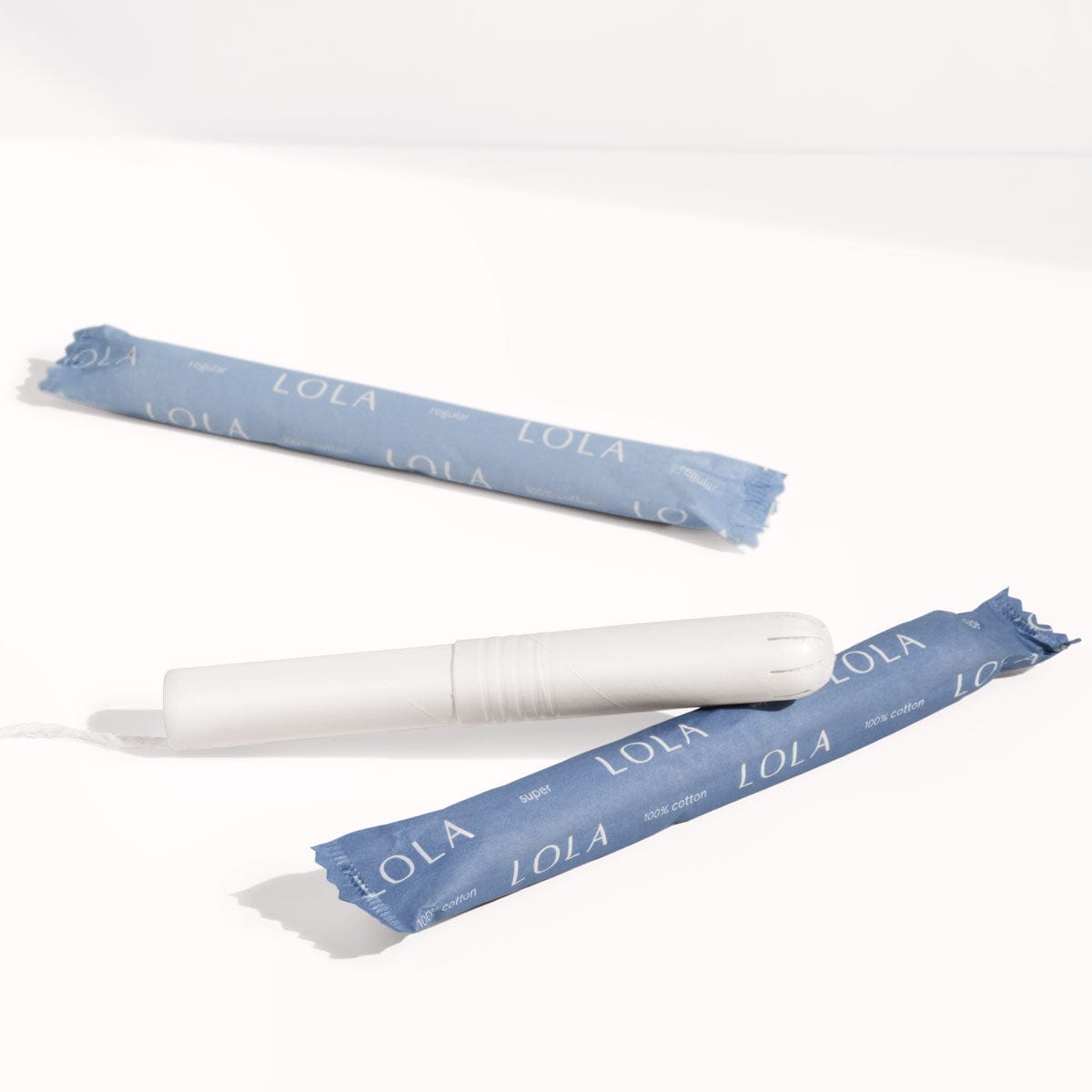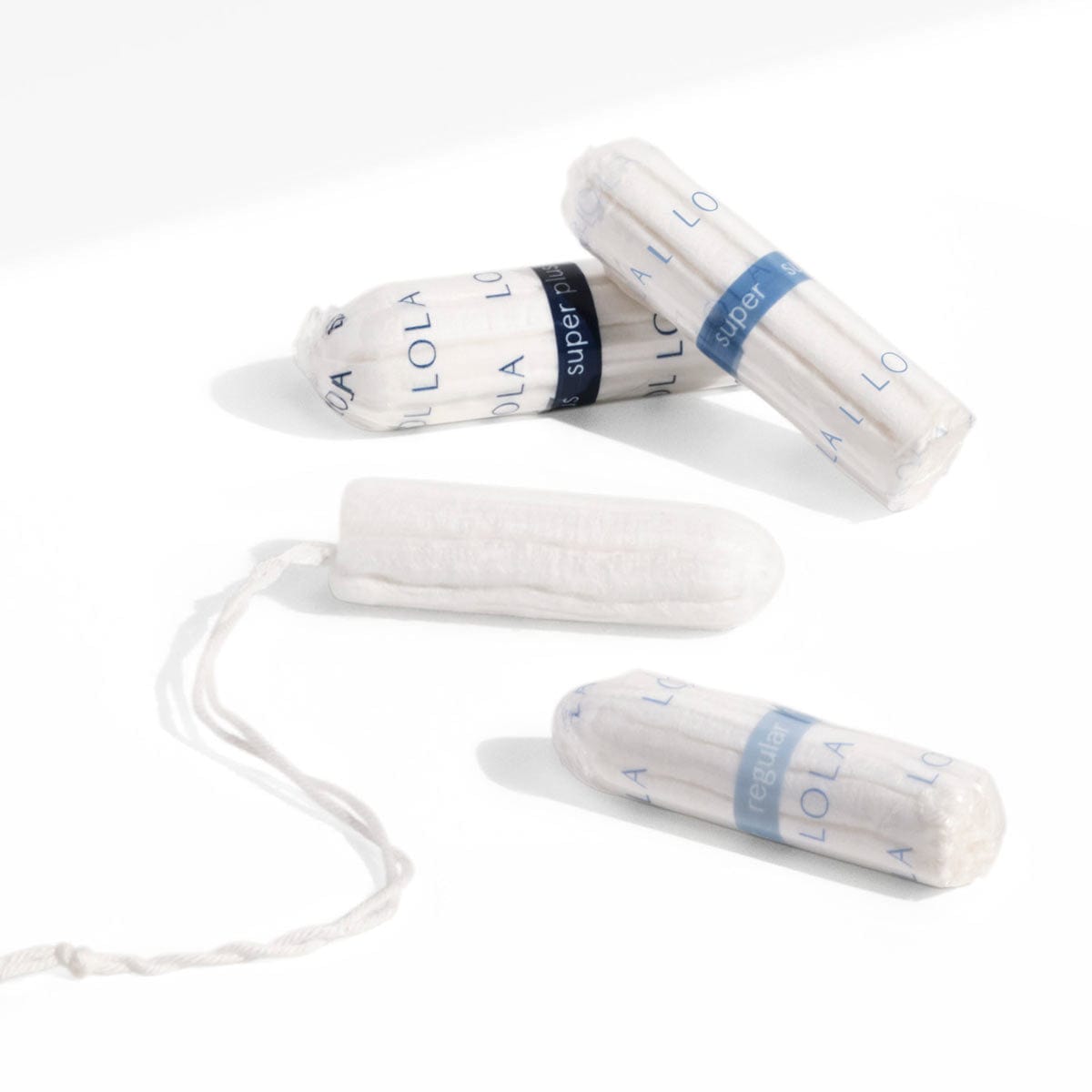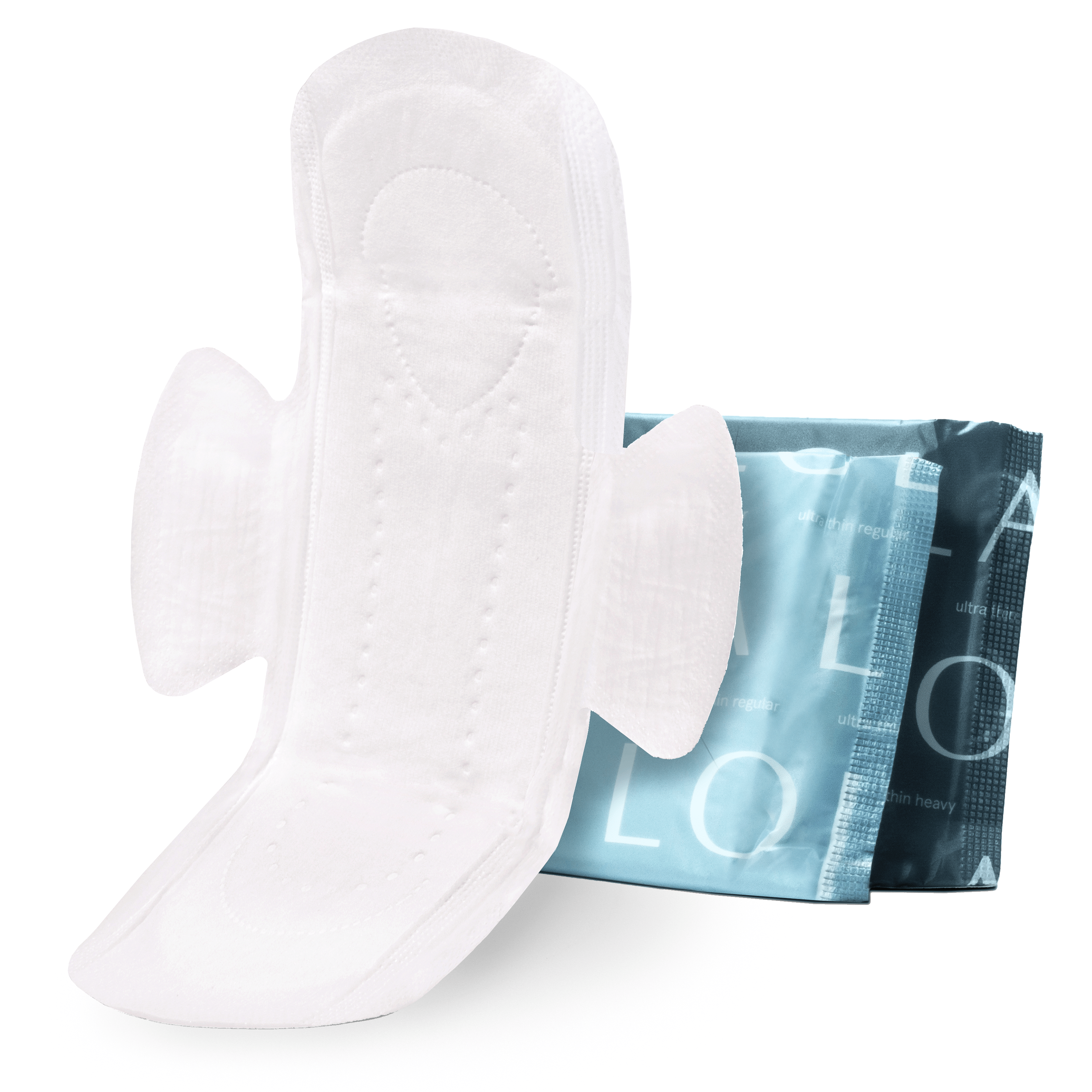Flip through any art history textbook and you'll likely stumble across the vulva or vagina. Whether it's an ancient sculpture carved from a woolly mammoth's tusk or a three-dimensional modern installation, artists around the world have depicted women's reproductive organs since the beginning of time. To celebrate the ever-present vagina, we looked back at three key examples of female genitalia depicted in historical art.
A pronounced prehistoric vulva
The Venus of Hohle Fels, named after the German cave where it was found in 2008, is a 35,000- to 40,000-year-old statue carved of mammoth ivory. This makes it one of the oldest known examples of figurative art; it also happens to prominently showcase the vulva. The tiny figurine depicts a woman with exaggerated breasts and genitals " so exaggerated, in fact, that some headlines have referred to it as "prehistoric porn."
That's because the breasts and vagina dominate the sculpture, and the figure has a disproportionately small head, with little definition in the arms and legs. Nicholas Conrad, the archaeologist who discovered the statue, tells the Smithsonian, "You couldn't get more female than this. Head and legs don't matter. This is about sex, reproduction."
Scholars believe these Venus figurines, which remained popular for thousands of years and typically display oversized breasts and vulvas, were associated with fertility beliefs and shamanistic rituals of ancient cultures.
Da Vinci defies taboo
During the European Renaissance, the vulva was frequently depicted as smooth and hairless, without visible labia, or completely covered. For example, take Botticelli's The Birth of Venus (1486) or many of Titian's pieces, like Diana and Actaeon (1559) or Sacred and Profane Love (1514).
Leonardo da Vinci, however, wanted to explore what was beyond this trend. His Vulva and Anus sketch from 1508 depicts pubic hair and female genitals, and features the outer labia, inner labia, urethra, clitoris, and vagina. Though it has a scientific focus, his interest and attention to detail (though lacking in accuracy) were groundbreaking. The Vagina Museum explains, "Perhaps it was too much of a taboo to paint the sexual organ realistically, because it's certain that the artist had the required ability"¦The direct analysis of the female organ is unique for that time."
Not your typical dinner party
In the 1970s, feminist artist Judy Chicago created The Dinner Party, a large, three-dimensional ceremonial banquet made of porcelain, textile, and ceramic. The banquet table is arranged in the shape of a triangle and includes 39 place settings, complete with tablecloths, utensil sets, and goblets. The triangular layout of the banquet symbolizes a vulva; similarly, each plate is intentionally either sculpted like female genitalia or has images that resemble vaginas painted onto it. Each of the 39 settings represents an important woman in history, including Hatshepsut, Eleanor of Aquitaine, Elizabeth I, Sacajawea, Susan B. Anthony, Emily Dickinson, Virginia Woolf, and Georgia O'Keeffe.
When it was first exhibited 1979 in San Francisco, The Dinner Party received both positive and negative reviews. While some praised the artwork's political message, others claimed it was "bad art," "kitsch," and even "offensive." When The Dinner Party debuted, the American feminist movement was already well underway. Now housed in the Elizabeth A. Center for Feminist Art, The Dinner Party represents the feminist movement of the 1970s and today, as well as these 39 women's contributions and influence.
These artworks are undoubtedly fascinating from a visual perspective, but their social and political significance can't be ignored. The vulva and vagina represent birth, life, sexuality, feminism " even shame or the taboo " depending on a particular culture's values and beliefs surrounding women at the time. Studying vaginal art through the ages offers the unique opportunity to learn about how both art and women's issues have changed or evolved throughout history.













